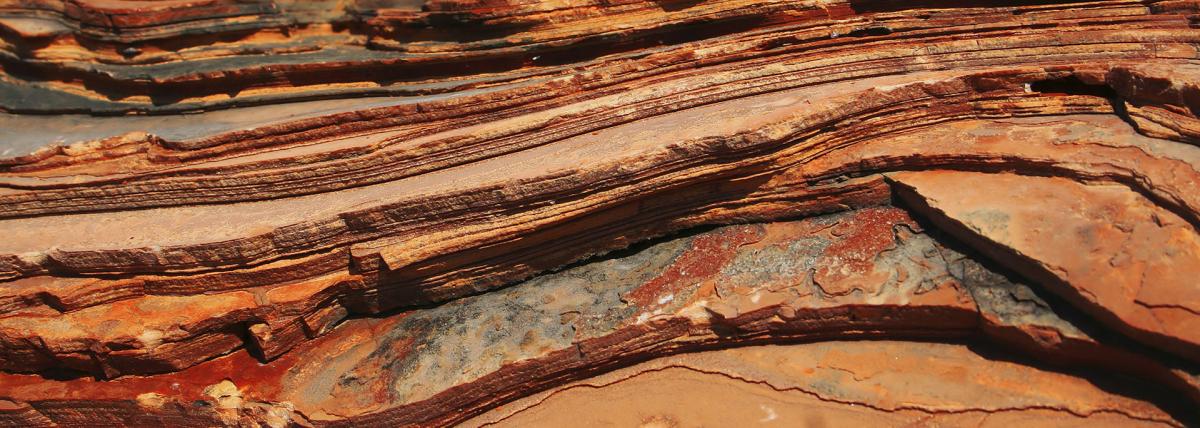
Students read The 3 Little Javelinas and experiment with making adobe bricks dwellings. Students analyze temperature data and describe benefits and drawbacks to using adobe.

Students read The 3 Little Javelinas and experiment with making adobe bricks dwellings. Students analyze temperature data and describe benefits and drawbacks to using adobe.

This project sets students up to explore animal anatomy and physiology with the idea of replacing a lost appendage (beak, leg, tail, fin, etc.) This is used in small groups of 2 or 3 over the course

In this creative lesson, students use research and observations to plan an ideal area for our school chickens. Students build the needed structures and work together to create the chickens' home.

In this lesson, students learn about seals. They will listen to a story about orcas and what they eat. Next, they plan and build an island for the seals to get away from the orcas. Finally, students

In this STEAM lesson for grades K-2, students will explore iguana habitats and learn how animals adapt to different environments. Students will read the book "I Wanna Iguana" and use a nonfiction book

Students start by listening to "Those Darn Squirrels", by Adam Rubin. Instead of helping the birds, the students will explore the technology and the engineering design process to help those pesky

In this engaging lesson, students will walk through the steps of the engineering design process as they use their creativity to use technology to create an Arizona animal and habitat to share with a

This is lesson 7 of the Life Science Unit. Students explore a variety of learning experiences. There are 2 objectives. #1 Objective: I can create a mixed-media art piece with a message for the world

This is lesson 6 of the Life Science Unit. Students engage in various learning opportunities. #1 Objective: I can count and graph camouflage animals. #2 Objective: I can camouflage a butterfly. #3